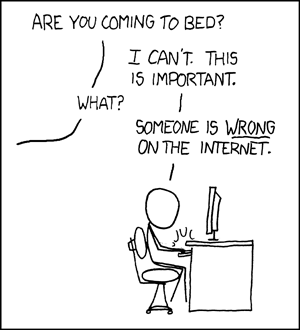We currently hire studio time when required, the only downside to this is you never know exactly what kit will be in the studio you are hiring and therfore you are constantly setting up and trying to balancedifferent heads. We are spending time doing this and often not getting it very good resulting in more pp work than should be necessary.
Therefore are looking to purchase a light meter, but ...
Last time I used one was over twenty years ago and that was not in a studio environment, will a light meter help us measure and balance multiple studio heads ?
Also, as there is so much tech out there, will one lightmeter be usefull for both studio work as mentioned above and also outdoor portrait work, weddings etc.
Lastly, what grey card is recomended, was about to buy one but surely £30 for a grey card is excessive ?
Therefore are looking to purchase a light meter, but ...
Last time I used one was over twenty years ago and that was not in a studio environment, will a light meter help us measure and balance multiple studio heads ?
Also, as there is so much tech out there, will one lightmeter be usefull for both studio work as mentioned above and also outdoor portrait work, weddings etc.
Lastly, what grey card is recomended, was about to buy one but surely £30 for a grey card is excessive ?



